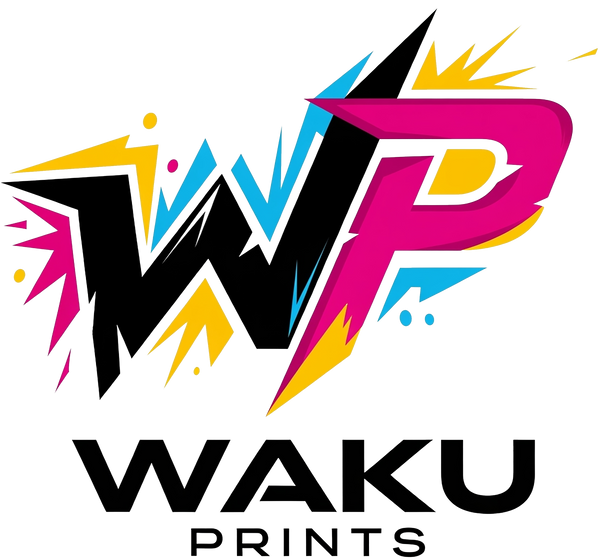
DTF vs DTG Printing
Share
Direct-to-Film (DTF) printing is an advanced clothing customization technique that rivals Direct-to-Garment (DTG) printing. If you're an apparel designer, creator, or retailer, knowing the distinctions between these two processes can enhance your profitability.
What is Direct-to-Film (DTF) Printing?
DTF printing involves transferring a design onto a special film using high-quality inkjet printers. This film is then heat-pressed onto fabric, effectively transferring the design.
Key Benefits of DTF Printing:
- Versatility: DTF printing excels on various materials, including cotton, poly-cotton blends, and polyester.
- High-Quality Results: This method produces vibrant, crisp designs that rival traditional screen printing.
- Durability: The prints are bonded to the fabric, ensuring longer-lasting designs.
What is Direct-to-Garment (DTG) Printing?
DTG printing directly applies ink onto fabric using a specialized inkjet printer. This technique is becoming a popular alternative to traditional screen printing.
Key Benefits of DTG Printing:
- Highly Detailed Images: Perfect for complex designs with multiple colors.
- Soft Feel: The use of water-based inks allows for a soft texture as the ink is absorbed into the fabric.
- Fewer Production Steps: DTG requires fewer steps to complete each project.
DTF vs. DTG: A Comparative Overview
When choosing between DTF and DTG printing, consider the following factors:
Color Vibrance: DTF printing offers superior color vibrance, saturation, and accuracy compared to DTG.
Durability: While both methods provide long-lasting results, DTF typically yields more durable prints. DTF designs are heat-bonded to the fabric, whereas DTG inks can weaken over time.
Feel: Both printing methods deliver a comparable feel, but DTG generally provides a softer texture. DTF prints may have a smooth, glossy finish akin to vinyl.
Fabric Types: DTF printing is compatible with a wider range of fabrics, including cotton and synthetic blends. In contrast, DTG performs best on natural fibers like cotton due to its water-soluble ink.
Printing Speed: DTF printing usually outpaces DTG, primarily due to the longer curing time required for DTG, which can take up to 15 minutes.
Ease of Printing: DTF printing is more straightforward, requiring only the heat-pressing of the transfer onto the fabric. DTG, however, necessitates pre-treatment and post-print heat curing.
Versatility: DTF printing stands out for its versatility, as it can be applied to various apparel types and allows for unique print placements that DTG cannot match.
Cost: Generally, DTF is more cost-effective than DTG. While both methods involve significant equipment investments, DTF incurs lower additional costs related to consumables and maintenance.
Which is Best: DTF or DTG?
Both DTF and DTG printing methods yield excellent results, but the choice ultimately depends on your specific project needs, garment type, and budget. We recommend Direct-to-Film (DTF) as the more versatile and economical option, offering a quality comparable to Direct-to-Garment printing.
Whether you’re an individual creator or running a small business, DTF printing presents substantial advantages over DTG printing. For tailored advice on the best printing method for your project, contact us today!
